Chatsworth has accommodated royalty and film stars and inspired writers and artists for 500 years
and live on Freeview channel 276
This grand residence is home to the Duke and Duchess of Devonshire and has accommodated visiting kings and queens and inspired famous writers and artists through the centuries.
Pop royalty Westlife and Cliff Richard have performed concerts at the spectacular country estate within the last 15 years.
Advertisement
Hide AdAdvertisement
Hide AdFilms such as Pride and Prejudice, starring Keira Knightley and Matthew McFadyen, and Jane Eyre, headed by Mia Wasikowska and Michael Fassbender, have been shot at Chatsworth.
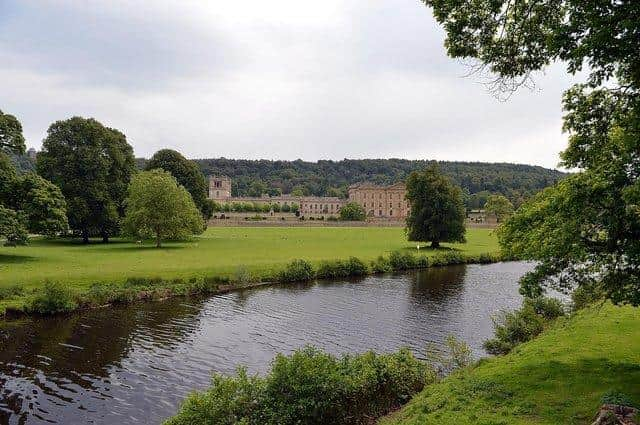

And the famous 19th century author Jane Austen, who wrote Pride and Prejudice, is reputed to have been so inspired by the grandeur of Chatsworth House that she based Mr Darcy’s Pemberley pile on the Derbyshire stately home.
Chatsworth House has been the country seat of the Cavendish family for more than 500 years. It was built in 1553 by Bess of Hardwick whose second husband was Sir William Cavendish. Bess, one of the most powerful women of her time and the second richest woman after Queen Elizabeth I, also built Hardwick Hall.
When Sir William died, Bess married again. Her third husband George Talbot, Earl of Shrewsbury was appointed by the Queen as custodian of Mary Queen of Scots who was held prisoner at Chatsworth for 15 years. The rooms where Mary lodged on the east side of Chatsworth House are still called Queen of Scots apartments.
Advertisement
Hide AdAdvertisement
Hide AdKing William III and his wife Queen Mary II visited Chatsworth in the 17th century when new State Apartments were built to accommodate them.
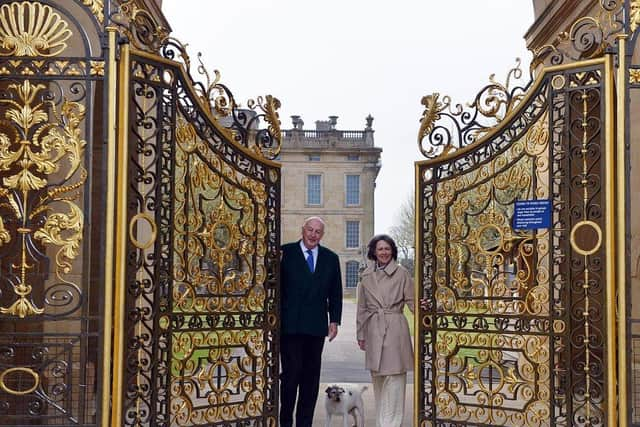

The 4th Earl of Devonshire was made the first Duke of Devonshire in 1694 for helping to put William of Orange on the throne.
The second and third Dukes were avid collectors of art such as Old Master drawings and Greek and Roman sculptures.
Socialite Georgiana Spencer, the great-great-great-great aunt of Diana, Princess of Wales, married the fifth Duke of Devonshire in 1774. Their marriage was unhappy and tempestuous as highlighted in The Duchess film starring Keira Knightley. Georgina moved in literary circles and posed for paintings by Thomas Gainsborough and Joshua Reynolds.
Advertisement
Hide AdAdvertisement
Hide AdThe sixth Duke was known as the Bachelor Duke who loved to host lavish house parties at Chatsworth in the 19th century. He built the Sculpture Gallery as well as the north wing which housed an orangery, theatre and Turkish bath.
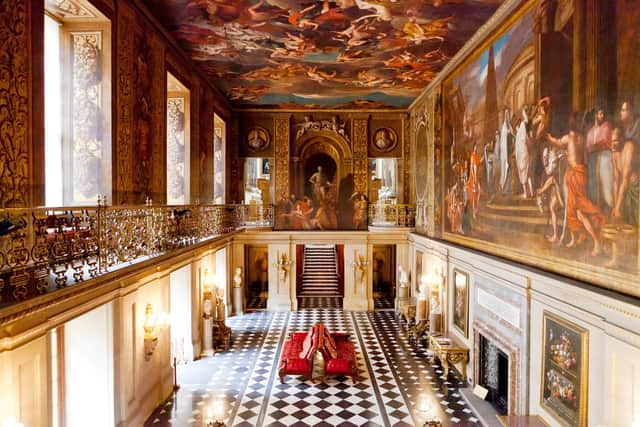

Princess Victoria, later to become Queen Victoria, had her first formal adult dinner at the age of 13 in Chatsworth House, where she accompanied her mother, the Duchess of Kent, in 1832.
During the Second World War Chatsworth accommodated girls who had been evacuated from a public school in Colwyn Bay, Wales, for six years.
In the penultimate year of the war, the 11th Duke Andrew and Duchess Deborah, one of the famous Mitford sisters, welcomed their son Peregrine (the current Duke) into the world. Five years later the couple and their three children moved back to Chatworth House from Edensor House.
Advertisement
Hide AdAdvertisement
Hide AdIt was under Andrew and Deborah’s guidance that the estate became more accessible to visitors. Deborah was key to setting up the Chatsworth Farm Shop, specialising in meat, fresh food and vegetables, bakery products and other food from the estate and Derbyshire suppliers.
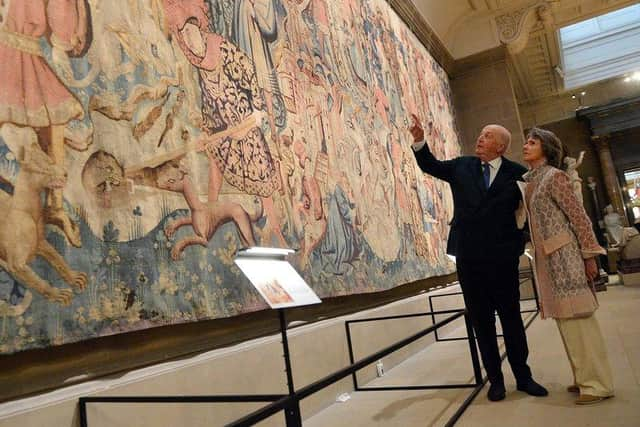

In 1973, Chatsworth Farmyard opened to the public enabling visitors to see rare breeds and milking demonstrations. An adventure playground was added in 1983.
Chatworth House Trust, a charitable foundation set up by the 11th Duke, took over the running of the estate in 1981 to ensure that the house and garden would be preserved for the benefit of the public.
According to the trust, Chatsworth House, garden and farmyard attracted 606,534 visitors in 2019.
Advertisement
Hide AdAdvertisement
Hide AdInside the house, members of the public are greeted by the spectacular Painted Hall and can wander through 30 public rooms, looking at treasures such as the Devonshire Tapestries, ornate furniture, valuable paintings and sculptures.
The 105-acre Chatsworth garden includes the impressive Emperor Fountain, trrout stream, statues and a rock garden.
Visitors can buy souvenirs of their day at Chatsworth from the on-site gift shop, recharge their batteries with food and drink at the fully licensed Carriage House Cafe and Cavendish Restaurant or take afternoon tea in the Flying Childers Restaurant.
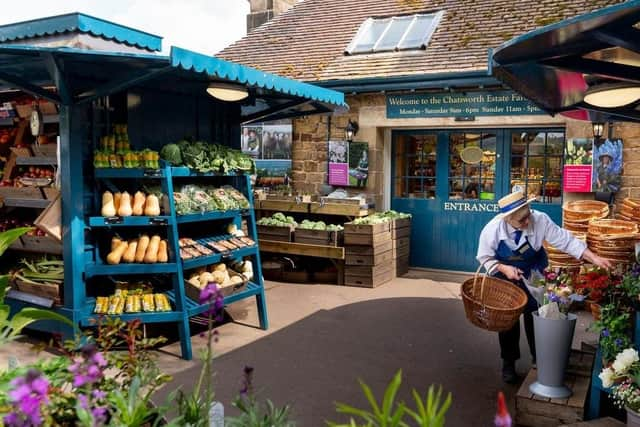

Chatworth House, farmyard and playground are open from 10.30am to 4.30pm weekdays and weekends. The garden is open from 10am to 5.30pm, with last admission at 4.30pm.
Advertisement
Hide AdAdvertisement
Hide AdThe main car park is next to the house, garden, stables and farmyard, and the Calton Lees car park is located at the southern end of the park. Both of these are open from 9am to 6pm; tickets are £5 per vehicle. House car park tickets must be booked online in advance of arrival. Calton Lees car park is payment at the gate.
Tickets for the house, garden and car park cost £24 (adult) and £12.50 (child) or £61 (family, two adults, three children).
Tickets for entry to the garden and house car park cost £14 (adult), £7.50 (child) or £36 (family, two adults, two children).
Tickets for the farmyard and playground, including access to the house car park, cost £7 (adult/child) or £26 (two adults, three children).
To book tickets, go to www.chatsworth.org
Advertisement
Hide AdAdvertisement
Hide AdSupport your Derbyshire Times by becoming a digital subscriber. You will see 70 per cent fewer ads on stories, meaning faster load times and an overall enhanced user experience. Visit www.derbyshiretimes.co.uk/subscriptions.